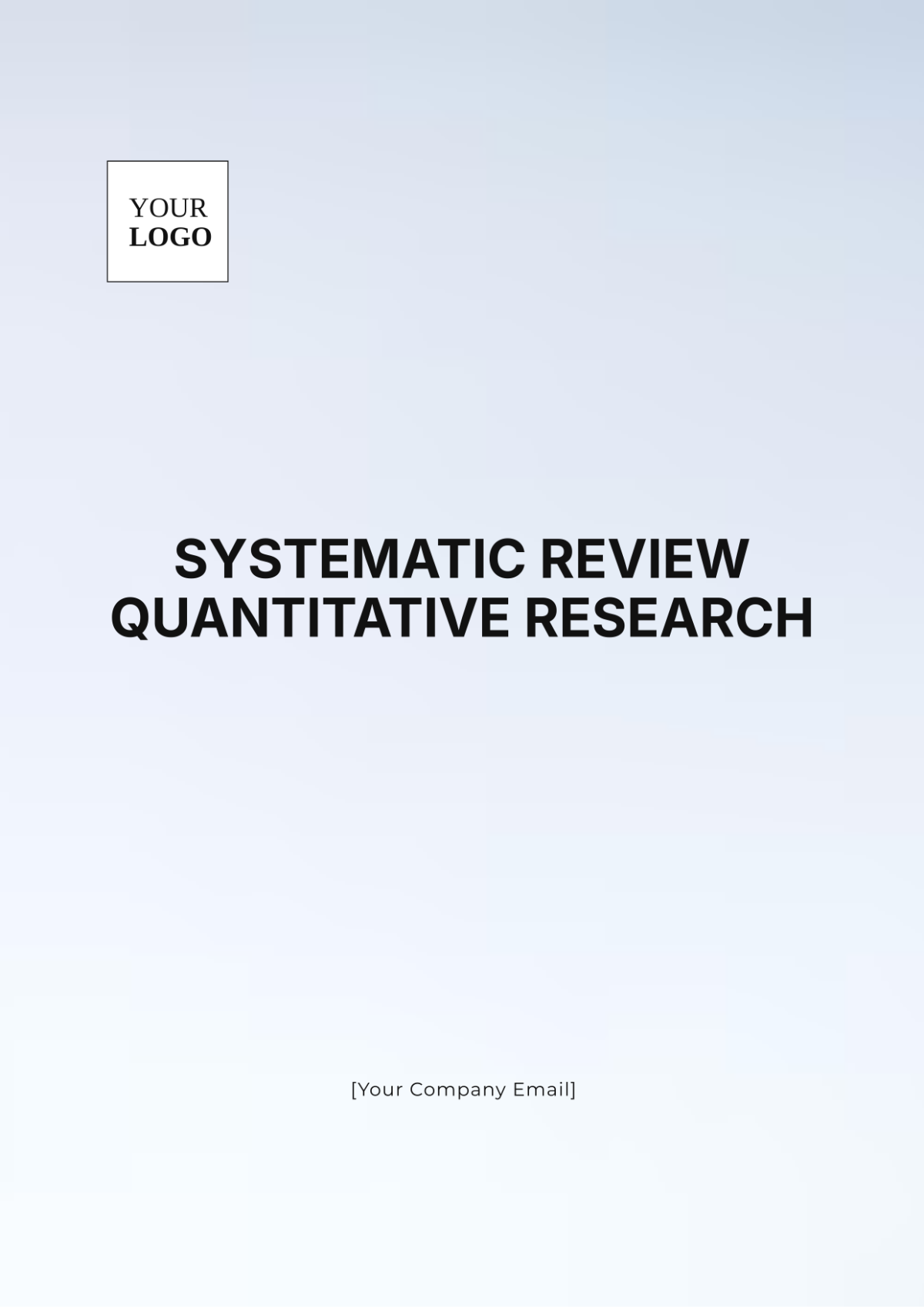Prevalence Study Descriptive Research
I. Introduction
Prevalence studies are essential tools in epidemiology and public health, aimed at assessing the proportion of a population affected by a specific condition at a particular point in time. Descriptive research, through systematic data collection and analysis, provides a detailed view of the phenomenon under investigation. This paper offers a thorough examination of prevalence study descriptive research, encompassing its definition, significance, methodologies, applications, and limitations.
II. Definition of Prevalence Study
Prevalence studies are cross-sectional studies designed to measure the total number of cases of a particular condition within a population at a specific moment. These studies offer a snapshot of the frequency and characteristics of the condition, providing crucial insights into its prevalence.
III. Significance of Prevalence Studies
The significance of prevalence studies extends across various domains:
Disease Burden Assessment: They quantify the extent of health conditions in populations, highlighting areas of concern.
Healthcare Policy and Resource Allocation: Findings inform policymakers about where to allocate resources and how to design effective health interventions.
Healthcare Planning: Insights from prevalence studies guide the development and implementation of healthcare services tailored to the needs of the population.
Risk Assessment: They help monitor and assess health risks over time, facilitating early intervention and preventive measures.
IV. Methodologies
Prevalence studies involve several key methodological steps:
Step | Description |
|---|---|
1. Population Definition | Clearly define the target population to ensure the study’s relevance and accuracy. |
2. Sample Selection | Choose a representative sample from the population to ensure the findings are generalizable. |
3. Data Collection | Gather data through surveys, medical records, or interviews, ensuring comprehensive and accurate information. |
4. Data Analysis | Analyze the collected data to calculate prevalence rates and identify patterns or trends. |
5. Reporting Results | Summarize and present findings in a clear, concise manner, highlighting key insights and implications. |
V. Applications of Prevalence Studies
Prevalence studies find application in various fields.
Public Health: Monitoring disease trends and informing policy changes to improve population health.
Clinical Practice: Understanding the burden of diseases to tailor patient care and clinical interventions.
Health Economics: Evaluating the economic impact of diseases to guide resource allocation and healthcare funding.
Social Sciences: Exploring the societal impacts of health conditions, including their effects on quality of life and social structures.
VI. Limitations of Prevalence Studies
Despite their usefulness, prevalence studies have limitations:
Cross-Sectional Nature: They provide a snapshot at a single point in time, lacking information on causality or disease progression.
Sampling Bias: If the sample is not adequately random, the findings may not be representative of the broader population.
Recall Bias: Participants may inaccurately recall past information, affecting data reliability.
Data Quality: The accuracy of prevalence rates depends on the quality and completeness of the collected data.
VII. Conclusion
Prevalence study descriptive research is pivotal for understanding the distribution of health conditions within populations. Although it has inherent limitations, the data derived from these studies is crucial for shaping public health policies, clinical practices, and resource allocation. Future research should focus on addressing biases and enhancing the representativeness and reliability of prevalence data to improve health outcomes.
VIII. References
Last, J. M. (2050). A Dictionary of Epidemiology (4th ed.). New York: Oxford University Press.
Porta, M. (Ed.). (2054). Dictionary of Epidemiology (6th ed.). Oxford University Press.
Friis, R. H. & Sellers, T. A. (2050). Epidemiology for Public Health Practice (6th ed.). Burlington, MA: Jones & Bartlett Learning.
Galea, S. & Annas, G. J. (Eds.). (2056). Preventing Disease and Protecting Health. Oxford University Press.

















































